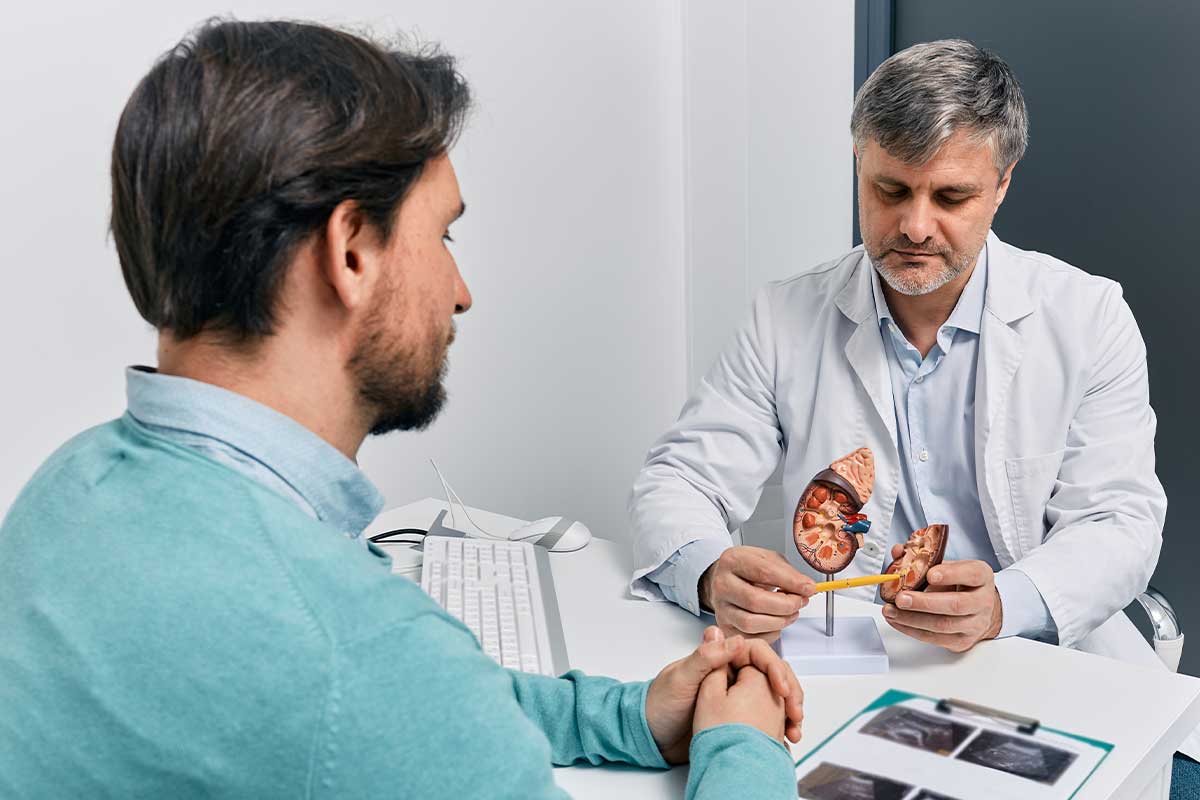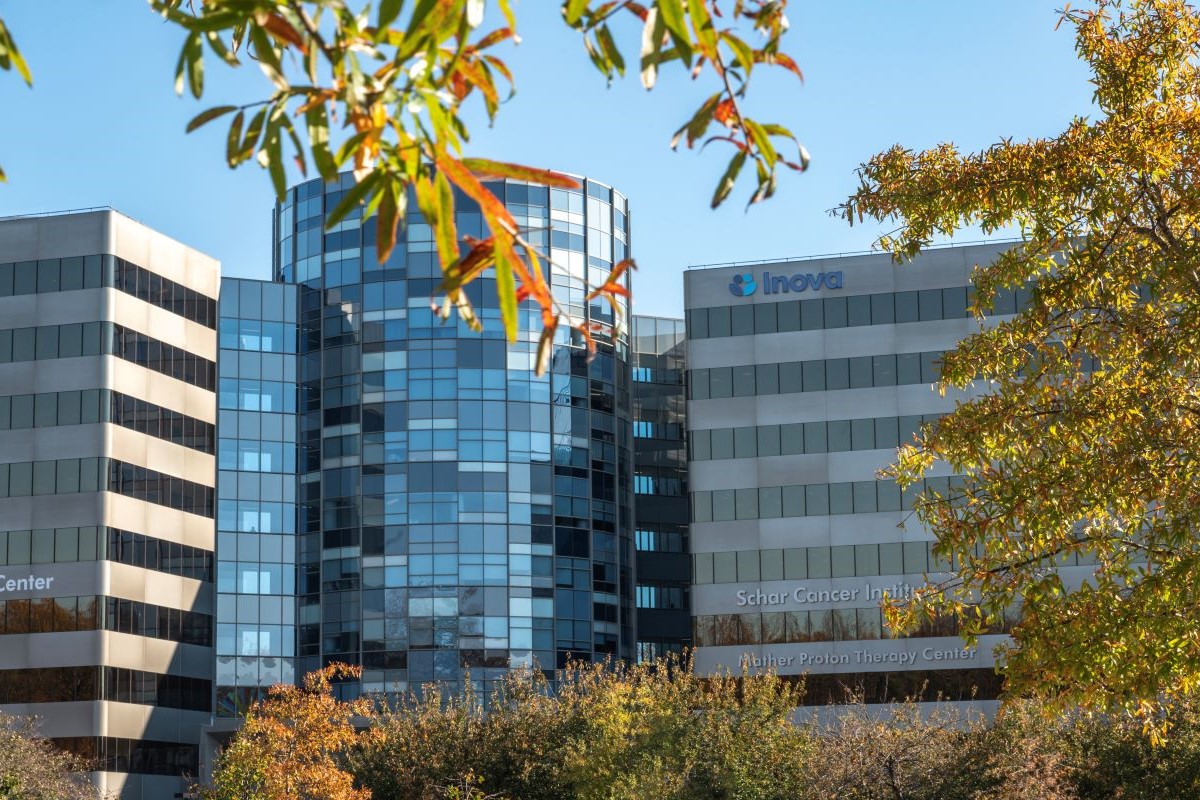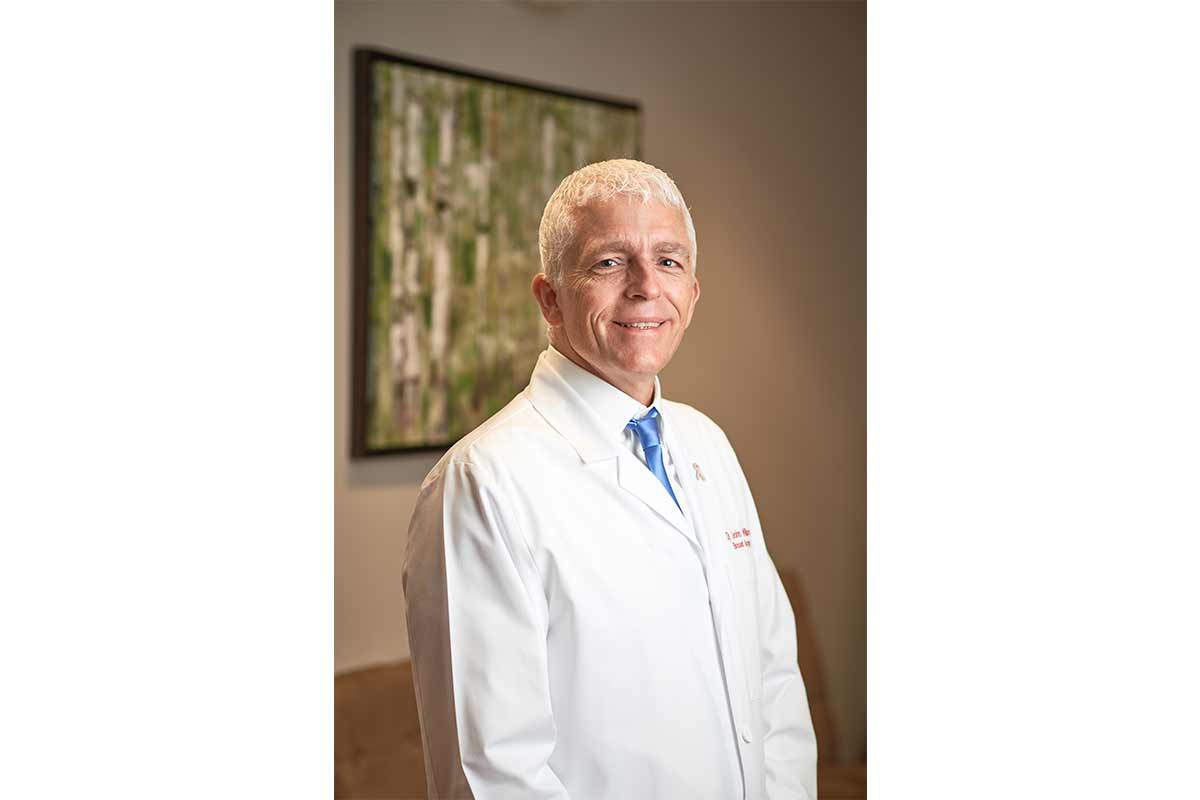
Jessica, 49, a mom and teacher in Prince William County, remembers the moment her life changed. (For health privacy, Jessica asked we not use her real name.) She’d found a lump, seen her doctor, had mammograms, an ultrasound and surgical biopsy. She awaited results anxiously, trying to focus on teaching a classroom of kids. And then she got the call. Malignant. It was invasive ductal carcinoma, stage IIA, her surgeon said, “but you’re going to be OK.” She says she’d cling to those words of hope in the coming months. Yet in the sea of shock, she was ushered into a world where the sheer amount of information was dizzying, staggering to sift through. She needed to understand cancer terms, pathology reports, tests and procedures—stat. Consult a plastic surgeon. Choose an oncologist. Decipher published studies. Analyze treatments. Make decisions. How would she land in her brave new world? Like most, she headed online to research. But what she found was upsetting—and left her reeling.
“You’re overwhelmed with the diagnosis to begin with, and when you research it on your own, you just can’t handle it. There’s so much info and much of it tragic,” says Jessica, of her attempts to wade through information about breast cancer online. “When you’re newly diagnosed, you don’t want to read about botched procedures and horror stories and recurrence. You’re reading stories and you’re wondering, ‘Does this pertain to me? Am I like this patient? Or this one?’ It’s scary because you don’t even know if the information is current. Some information and books are outdated. Procedures change, implant information has changed, too.”
Over 300,000 people like Jessica will also hear they have breast cancer this year, according to the American Cancer Society. It stands to reason most will research online to learn about the disease. But as they analyze articles, studies and links that lead to more links, how do people make sense of seemingly countless sources? What do they need to know and ask for their care? And if the onus is on the patient to know what to ask their doctor for, or what the next steps are, meeting with your doctors can feel overwhelming.
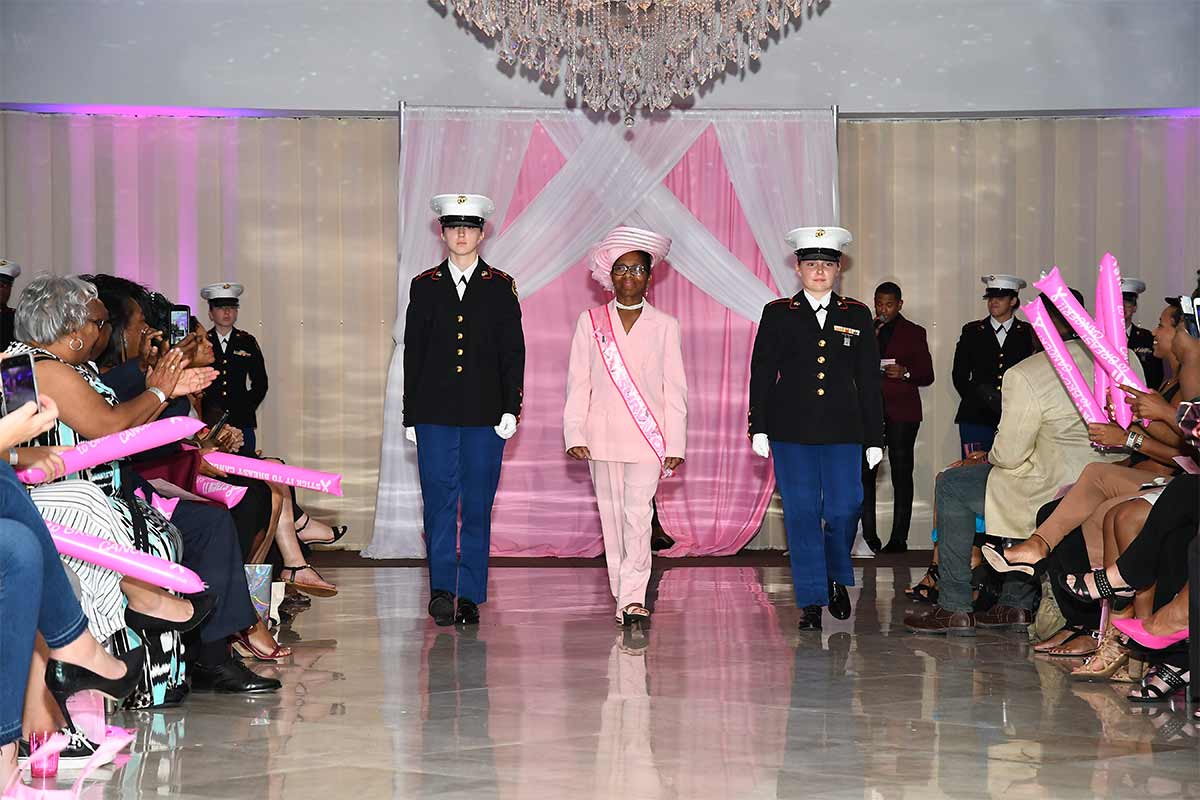
Arming Patients with Information
John P. Williams, M.D., FACS, a breast surgeon with offices in Haymarket and Chantilly, who’s been practicing surgery in Manassas, Haymarket and Warrenton for 20 years, had been noting how family, friends and patients felt empowered when he taught them breast cancer concepts. He wanted to write a book, but the more he talked with people with cancer, he learned they go online before consulting books. They also said information was often disorganized, complex and not in modern formats.
So last year, Williams launched a free video-based tutorial website, the Breast Cancer School for Patients. He narrates over 50 videos, the first free video tutorial series for all breast cancer patients nationwide (content is also on YouTube, with over 500,000 views and 3,300 subscribers).
“My personal passion is educating everyone to ensure they’re making their own informed choices in their breast cancer care,” he says. “We’re blessed to have excellent care in this region. It’s easy to lose sight that many people don’t have that. That’s my mission: to improve breast cancer outcomes with online education here in Northern Virginia, our country and beyond.”
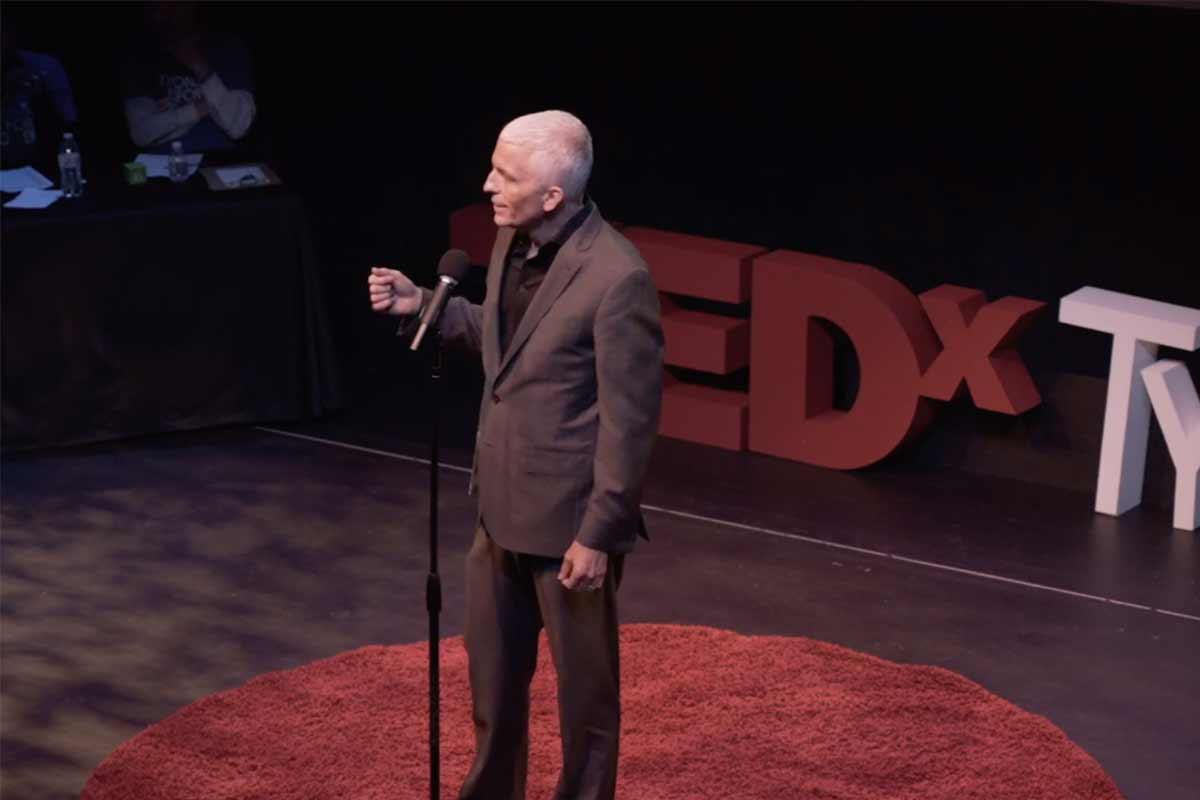
His eight- to 10-minute lessons—in the order one may encounter the next steps of breast cancer treatment—teach the gamut of breast cancer basics, like cutting-edge treatments, breast imaging and biopsy, breast cancer stages, genomic and BRCA testing, and medical and radiation oncology. Williams, on the JAMA Oncology peer review board, plans to add more content to the site as studies are published. For example, he recently added an explanation on the groundbreaking TAILORx study published in the New England Journal of Medicine, about who best benefits from chemotherapy.
In March, Williams gave a TEDx Tysons talk entitled, “Why Online Schools for Patients Will Revolutionize Patient Education.” In the talk, he urged others in the medical community to develop patient schools for other conditions, such as diabetes or hip replacements. But he says it has been difficult getting other medical professionals to embrace the idea. Time commitment and the videos’ not-for-profit status may be reasons why he’s the first to create such a tool, but, he adamantly adheres to this philosophy: “The moment you monetize it, it loses credibility.” He says he’s accepted no corporate funding or gifts, and has no outside influences on the site.
Williams wrote and shot most of the video series on weekends and after work, giving up time with his family, he notes. But, he says, it’s been worth it. His project has helped empower patients to be at the center of discussions with their medical providers. “When you do what’s right, it takes a lot of work, but you’re rewarded in ways you couldn’t have predicted.”
Taking It National
His work has even caught the attention of the White House. He recently got an email from the administration asking him to serve as the chairman of the President’s Cancer Panel, a three-person team which monitors the National Cancer Program and reports on barriers in reducing the burden of cancer. He accepted the three-year appointment and will begin work with the panel soon.
“Cancer is not partisan,” he says, when asked about the new role. While the panel reports are to the president, they’re also for the larger group of stakeholders, he says. The panel, signed into law by Nixon in 1971, holds meetings on different topics (such as HPV vaccination, most recently) gathering input from public agencies (like HHS, NIH and NCI) and private organizations (such as universities, voluntary and advocacy groups, pharmaceutical companies and health care providers).
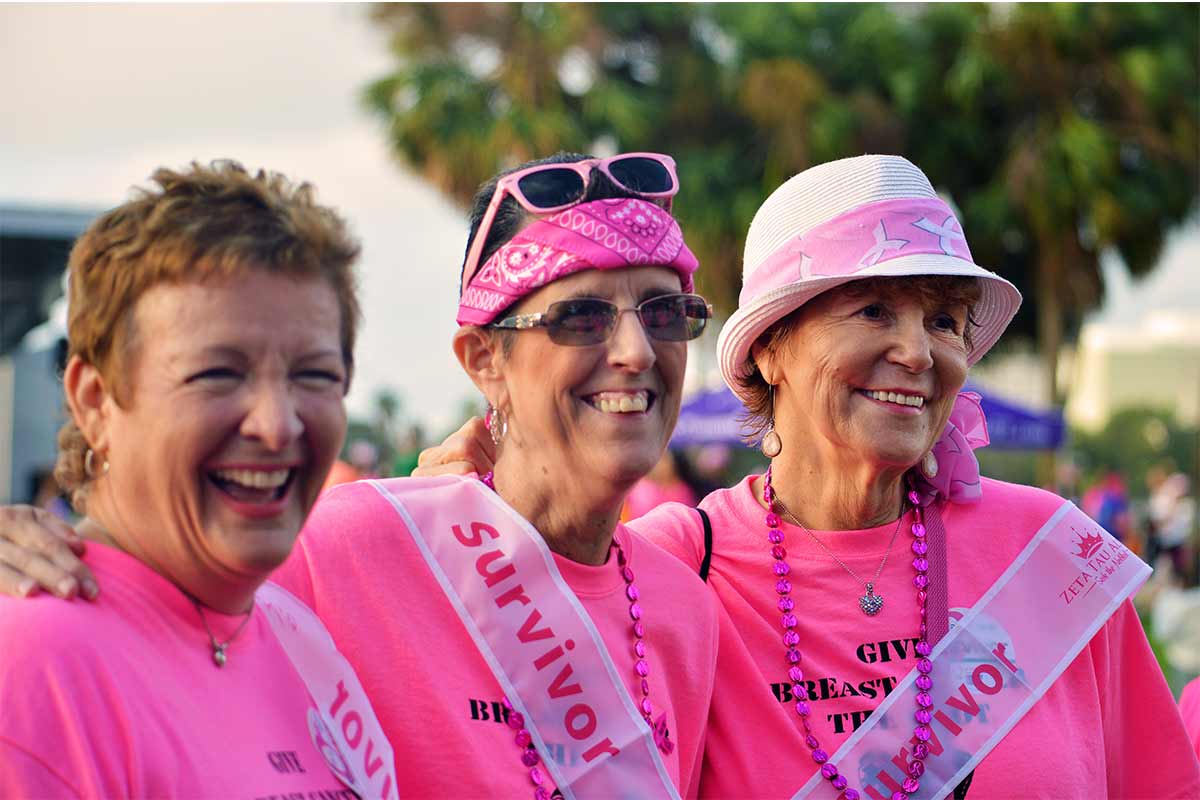
Yet, his appointment begs a deeper question: If the government declared war on cancer decades ago, will we see a cure in our lifetimes?
“We will always confront cancers and treating cancer. The body is not perfect,” he says with a pause, before he shares his optimism for the future. “But we are making strides in prevention, health, less toxins, better screenings to find it early, better outcomes with less human distress like surgery and chemo. When we do treat, it’s often minimally invasive and has better outcomes. All of these are part of cancer in the next century. But it’s our job to work on and improve each component. We cure more and more people who have cancer, with less suffering. I’m excited about the progress we’re making.”
As for Jessica—whose mother was just diagnosed with breast cancer, too—she’s also hopeful after her life suddenly changed. After a double mastectomy and reconstruction, and a daily Tamoxifen pill, she’s cancer-free. “I’m so grateful to be here,” she says, talking of her love of her family and her classroom. When asked if she could’ve benefited from a “school” like this, “Yes, there’s a real need for this,” she says. “If the info is recent and coming from a practicing surgeon who’s trustworthy and knowledgeable—not just a researcher—people should use the site. What he’s done will be helpful for others. He’s made it easier for them.”
This post originally appeared in our October 2019 issue. For more health news and profiles, subscribe to our weekly newsletter.



